Home>Home Appliances>Bathroom Appliances>How To Use A Water Flosser For Tonsil Stones


Bathroom Appliances
How To Use A Water Flosser For Tonsil Stones
Modified: February 18, 2024
Learn how to effectively use a water flosser to remove tonsil stones at home. Discover the best techniques and tips for using this bathroom appliance.
(Many of the links in this article redirect to a specific reviewed product. Your purchase of these products through affiliate links helps to generate commission for Storables.com, at no extra cost. Learn more)
Introduction
Tonsil stones, also known as tonsilloliths, are small, whitish deposits that can form in the crevices of the tonsils. These stones are composed of bacteria, mucus, dead cells, and other debris that can accumulate over time. While they are generally harmless, they can cause discomfort, bad breath, and in some cases, difficulty swallowing. Fortunately, there are various methods for managing and preventing tonsil stones, and one effective approach is using a water flosser.
In this article, we will explore the benefits of using a water flosser for tonsil stones and provide a step-by-step guide on how to use this device effectively. Additionally, we will share valuable tips and precautions to ensure that individuals can make the most of this method while maintaining their oral health. Whether you are new to dealing with tonsil stones or seeking alternative solutions, understanding the role of a water flosser in managing tonsil stones can be immensely beneficial. So, let's delve into the details and discover how this innovative tool can contribute to a healthier oral environment.
Key Takeaways:
- Say goodbye to tonsil stones with a water flosser! It’s gentle, effective, and reduces bad breath. Just follow our step-by-step guide for a cleaner, fresher mouth.
- Keep your tonsils clean and healthy with a water flosser. It’s easy to use, customizable, and promotes better oral hygiene. Say hello to a comfortable, stone-free mouth!
Read more: How To Use A Water Flosser
What are Tonsil Stones?
Tonsil stones, scientifically referred to as tonsilloliths, are small, calcified formations that develop in the crevices of the tonsils. These formations are typically composed of a combination of debris, including dead cells, mucus, and bacteria, which can accumulate and harden over time. Tonsil stones are not uncommon and can vary in size, ranging from tiny, barely noticeable particles to larger, more conspicuous formations.
The presence of tonsil stones can lead to a range of symptoms, including persistent bad breath, sore throat, difficulty swallowing, and a sensation of something being stuck in the back of the throat. In some cases, individuals may also experience ear pain or an ongoing cough due to the presence of tonsil stones.
Tonsil stones are more likely to develop in individuals who have deep or irregular tonsil craters, as these structures provide an ideal environment for debris to accumulate and solidify. Additionally, factors such as chronic inflammation of the tonsils, poor oral hygiene, and the presence of certain bacteria can contribute to the formation of tonsil stones.
While tonsil stones are generally harmless and can sometimes dislodge on their own, they can cause discomfort and affect oral health. As a result, individuals who experience persistent symptoms or significant discomfort due to tonsil stones may seek methods to manage and prevent their formation.
Understanding the nature of tonsil stones and their potential impact on oral health is crucial for individuals who are looking to address this issue effectively. By gaining insight into the characteristics and symptoms of tonsil stones, individuals can make informed decisions about the most suitable methods for managing and preventing their occurrence.
Benefits of Using a Water Flosser for Tonsil Stones
Using a water flosser to address tonsil stones offers several notable benefits, making it a valuable tool for individuals seeking effective and gentle methods of managing this condition. Here are the key advantages of incorporating a water flosser into a tonsil stone management routine:
-
Gentle and Non-invasive: Unlike manual removal methods that may involve poking or scraping the tonsils, a water flosser provides a gentle and non-invasive approach to dislodging tonsil stones. The pulsating water stream emitted by the device can effectively dislodge and flush out tonsil stones without causing discomfort or irritation to the sensitive tonsil tissues.
-
Thorough Cleansing: A water flosser can reach deep into the tonsil crypts and crevices, providing thorough cleansing that may be challenging to achieve with traditional oral hygiene practices. By directing the water stream towards the tonsils, individuals can effectively dislodge and remove accumulated debris, including tonsil stones, thereby promoting improved oral hygiene and reducing the risk of stone formation.
-
Reduction of Bad Breath: Tonsil stones are often associated with persistent bad breath due to the accumulation of bacteria and debris in the tonsils. By using a water flosser to remove tonsil stones and cleanse the tonsil area, individuals can experience a reduction in bad breath, contributing to improved oral freshness and overall confidence.
-
Customizable Pressure Settings: Many water flosser models offer adjustable pressure settings, allowing individuals to customize the intensity of the water stream based on their comfort and specific needs. This feature ensures that individuals can effectively dislodge tonsil stones without causing unnecessary discomfort or irritation to the tonsils.
-
Enhanced Oral Hygiene: Incorporating a water flosser into an oral care routine not only helps manage tonsil stones but also contributes to overall oral hygiene. By effectively cleansing the tonsils and surrounding areas, individuals can reduce the accumulation of debris and bacteria, promoting a healthier oral environment and potentially preventing the formation of new tonsil stones.
-
Convenient and User-Friendly: Water flossers are designed to be user-friendly and convenient, offering a hassle-free method for individuals to address tonsil stones at home. With easy-to-use controls and a straightforward application process, individuals can integrate the use of a water flosser into their daily oral care routine with ease.
Incorporating a water flosser into a tonsil stone management strategy can offer a range of benefits, from gentle and thorough cleansing to the reduction of bad breath, ultimately contributing to improved oral health and overall well-being. By leveraging the advantages of a water flosser, individuals can effectively address tonsil stones while promoting a healthier oral environment.
Step-by-Step Guide on Using a Water Flosser for Tonsil Stones
Using a water flosser to address tonsil stones involves a systematic approach to effectively dislodge and remove the accumulated debris from the tonsil crypts. By following a step-by-step guide, individuals can maximize the benefits of this method while ensuring a gentle and thorough cleansing process. Here's a comprehensive guide on using a water flosser for tonsil stones:
-
Preparation: Begin by ensuring that the water flosser is clean and filled with lukewarm water. It's essential to use lukewarm water, as extreme temperatures can cause discomfort to the sensitive tonsil tissues. Additionally, familiarize yourself with the pressure settings of the water flosser and adjust it to a comfortable level.
-
Positioning: Stand in front of a mirror and assume a comfortable position. It's advisable to lean over the sink to allow any dislodged tonsil stones and water to drain out easily. Proper positioning can help individuals observe and target the tonsil areas effectively.
-
Insertion: Gently insert the tip of the water flosser into the mouth, positioning it close to the tonsils. It's important to maintain a steady hand and avoid excessive movement to prevent unnecessary irritation to the tonsils.
-
Pulsating Stream: Activate the water flosser and direct the pulsating stream towards the tonsils. Begin with the lowest pressure setting and gradually increase it as needed. The pulsating action of the water stream helps dislodge tonsil stones and flush out debris from the tonsil crypts.
-
Targeted Approach: Focus the water stream on the areas where tonsil stones are suspected or visibly present. Move the tip of the water flosser gently around the tonsils, ensuring comprehensive coverage of the tonsil surfaces and crevices.
-
Observation and Adjustment: While using the water flosser, observe the tonsil areas to identify any dislodged tonsil stones. If necessary, adjust the angle and position of the water flosser to effectively target specific areas where tonsil stones may be lodged.
-
Rinsing and Drainage: After the dislodgement of tonsil stones, rinse the mouth with lukewarm water to remove any remaining debris. Spit out the water and observe the sink for any expelled tonsil stones. It's important to allow the dislodged debris and water to drain out completely.
-
Cleaning and Maintenance: Once the process is complete, clean the water flosser thoroughly according to the manufacturer's instructions. Proper maintenance ensures the longevity and effectiveness of the device for future use.
By following this step-by-step guide, individuals can utilize a water flosser effectively to address tonsil stones, promoting improved oral hygiene and comfort. The systematic approach outlined above facilitates a gentle and targeted cleansing process, contributing to the effective management of tonsil stones.
Tips for Using a Water Flosser Effectively
Using a water flosser effectively for managing tonsil stones involves incorporating certain tips and best practices to optimize the cleansing process and promote overall oral health. By implementing the following tips, individuals can enhance the efficacy of their water flossing routine and maximize the benefits of this innovative oral care tool.
-
Consistent Routine: Establishing a consistent routine for using the water flosser is essential for effectively managing tonsil stones. Incorporating this practice into daily oral hygiene habits can help prevent the accumulation of debris in the tonsils and reduce the likelihood of new tonsil stones forming.
-
Proper Angle and Distance: When using the water flosser to target tonsil stones, it's important to maintain the proper angle and distance to ensure thorough cleansing without causing discomfort. Position the tip of the water flosser close to the tonsils, directing the water stream towards the areas where tonsil stones are suspected or visible.
-
Patience and Persistence: Dislodging tonsil stones with a water flosser may require patience and persistence, especially for larger or stubborn formations. Individuals should approach the process methodically, adjusting the pressure settings and targeting specific areas to effectively dislodge and remove tonsil stones.
-
Regular Maintenance of the Water Flosser: Keeping the water flosser clean and well-maintained is crucial for its optimal performance. Regularly clean the device according to the manufacturer's instructions, including removing and rinsing the nozzle, emptying the water reservoir, and ensuring that all components are free from debris or mineral buildup.
-
Hygienic Practices: Practicing good hygiene before and after using the water flosser is important for preventing the spread of bacteria and maintaining oral health. Individuals should thoroughly wash their hands before handling the water flosser and rinse their mouth after the cleansing process to remove any dislodged debris.
-
Customized Pressure Settings: Many water flosser models offer adjustable pressure settings to accommodate individual comfort levels and specific oral care needs. Experimenting with different pressure levels can help individuals determine the most effective setting for dislodging tonsil stones without causing discomfort.
-
Observation and Self-Care: While using the water flosser, individuals should pay close attention to the tonsil areas and observe for any dislodged tonsil stones. Additionally, practicing self-care by staying hydrated, maintaining a balanced diet, and practicing good oral hygiene can contribute to the overall management of tonsil stones.
By incorporating these tips into their water flossing routine, individuals can effectively address tonsil stones while promoting improved oral hygiene and comfort. These best practices enhance the overall efficacy of using a water flosser for managing tonsil stones, contributing to a healthier oral environment and reduced discomfort associated with this condition.
Read more: How To Use The Waterpik Water Flosser
Precautions and Considerations
When using a water flosser for managing tonsil stones, it is essential to consider certain precautions and factors to ensure a safe and effective experience. By being mindful of these considerations, individuals can optimize the use of a water flosser while minimizing potential risks and maximizing the benefits of this oral care method.
Gentle Application
Given the sensitive nature of the tonsils, it is crucial to apply the water flosser gently and avoid excessive pressure or force. Aggressive use of the device may lead to irritation or injury to the tonsil tissues, potentially exacerbating discomfort and inflammation. By maintaining a gentle approach and gradually adjusting the pressure settings as needed, individuals can effectively dislodge tonsil stones without causing unnecessary strain on the tonsils.
Regular Maintenance
Proper maintenance of the water flosser is paramount to its performance and longevity. Individuals should adhere to the manufacturer's guidelines for cleaning and sanitizing the device, including regular nozzle cleaning, reservoir maintenance, and overall hygiene upkeep. Neglecting the maintenance of the water flosser can compromise its effectiveness and potentially lead to the spread of bacteria, undermining the intended benefits of using the device for tonsil stone management.
Hygienic Practices
Maintaining hygienic practices before, during, and after using the water flosser is essential for preventing the spread of bacteria and ensuring oral health. Individuals should thoroughly wash their hands before handling the water flosser to minimize the risk of introducing contaminants into the oral cavity. Additionally, rinsing the mouth after the water flossing process can help remove any dislodged debris and maintain a clean oral environment.
Read more: How To Use A Quip Water Flosser
Individual Comfort Levels
It is important for individuals to assess their comfort levels when using a water flosser for tonsil stone management. While the device offers customizable pressure settings, it is crucial to avoid using pressure levels that cause discomfort or pain. Individuals should adjust the pressure settings to a level that effectively dislodges tonsil stones without causing undue discomfort or irritation to the tonsils.
Professional Guidance
For individuals with underlying oral health conditions or specific concerns related to tonsil stones, seeking professional guidance from a dentist or healthcare provider is advisable. Dentists can provide personalized recommendations and insights tailored to individual oral health needs, ensuring that the use of a water flosser aligns with overall oral care goals and considerations.
By taking these precautions and considerations into account, individuals can use a water flosser for tonsil stone management with confidence, promoting improved oral hygiene and comfort while minimizing potential risks. Incorporating these factors into the utilization of a water flosser contributes to a safe, effective, and beneficial approach to addressing tonsil stones and maintaining oral health.
When using a water flosser for tonsil stones, start with the lowest pressure setting and gradually increase as needed. Aim the water stream at the tonsils to gently dislodge and remove the stones. Be sure to clean the water flosser after each use to prevent bacteria buildup.
Conclusion
In conclusion, utilizing a water flosser for managing tonsil stones offers a gentle, effective, and convenient approach to addressing this common oral health concern. The benefits of using a water flosser for tonsil stone management, including gentle dislodgement, thorough cleansing, and the reduction of bad breath, underscore its value as a versatile tool for promoting oral hygiene and comfort.
By following a step-by-step guide and incorporating best practices, individuals can harness the full potential of a water flosser to target tonsil stones with precision and care. The systematic approach outlined in this article provides a comprehensive framework for leveraging the benefits of a water flosser while minimizing potential risks and discomfort.
Furthermore, the emphasis on precautions and considerations underscores the importance of approaching the use of a water flosser for tonsil stone management with mindfulness and awareness. By adhering to these guidelines, individuals can optimize the effectiveness of the water flossing process while prioritizing their oral health and well-being.
Ultimately, the integration of a water flosser into an oral care routine not only facilitates the management of tonsil stones but also contributes to overall oral hygiene, promoting a healthier and more comfortable oral environment. The customizable pressure settings, user-friendly design, and the ability to target specific areas make a water flosser a valuable addition to oral care regimens, offering a gentle yet impactful solution for individuals dealing with tonsil stones.
In light of these insights, individuals are encouraged to explore the potential of using a water flosser as part of their approach to managing tonsil stones, recognizing the numerous benefits it offers in promoting oral health and comfort. By embracing this innovative tool and integrating it into their oral care routine, individuals can take proactive steps towards addressing tonsil stones while fostering a cleaner, fresher, and more enjoyable oral environment.
Frequently Asked Questions about How To Use A Water Flosser For Tonsil Stones
Was this page helpful?
At Storables.com, we guarantee accurate and reliable information. Our content, validated by Expert Board Contributors, is crafted following stringent Editorial Policies. We're committed to providing you with well-researched, expert-backed insights for all your informational needs.


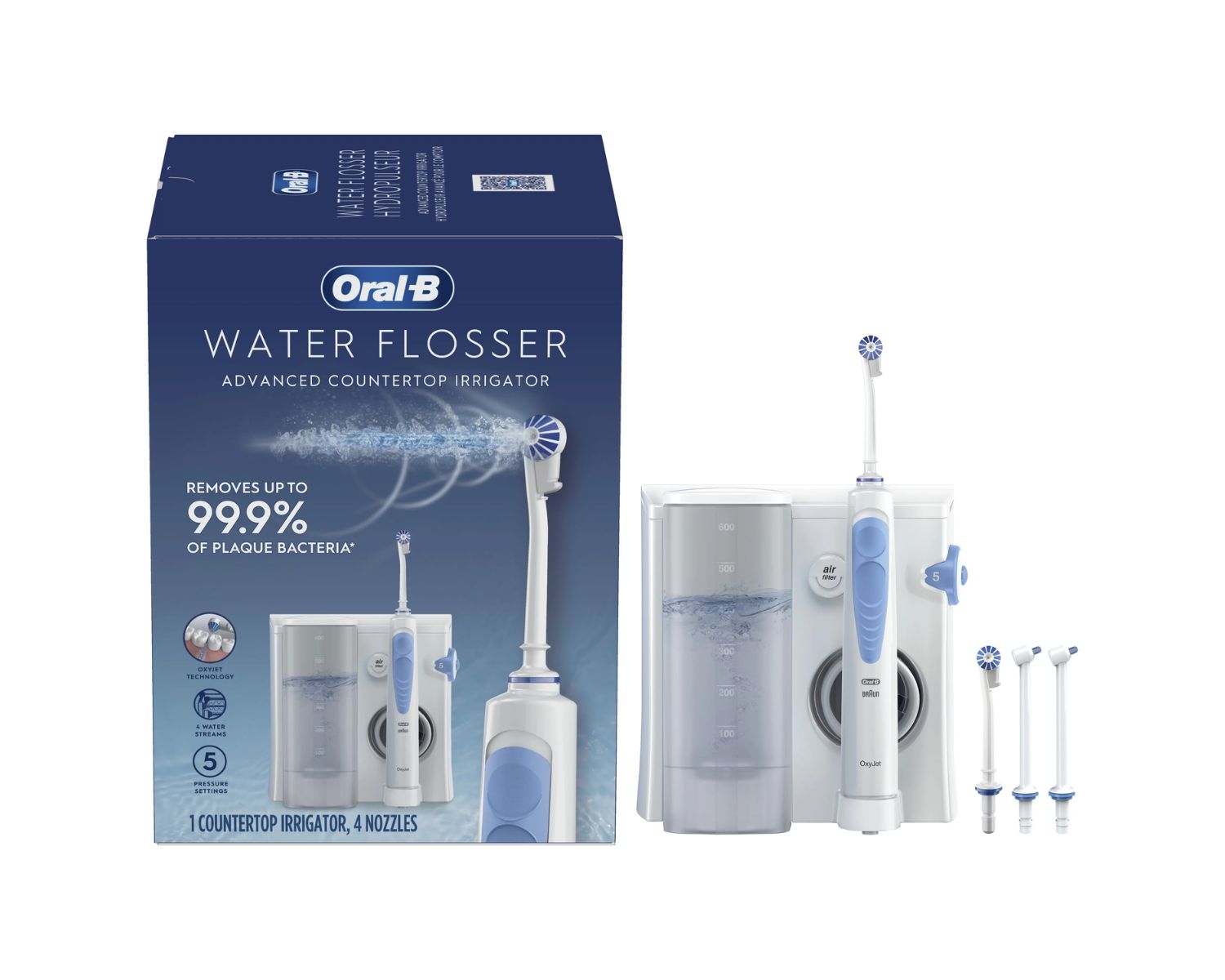

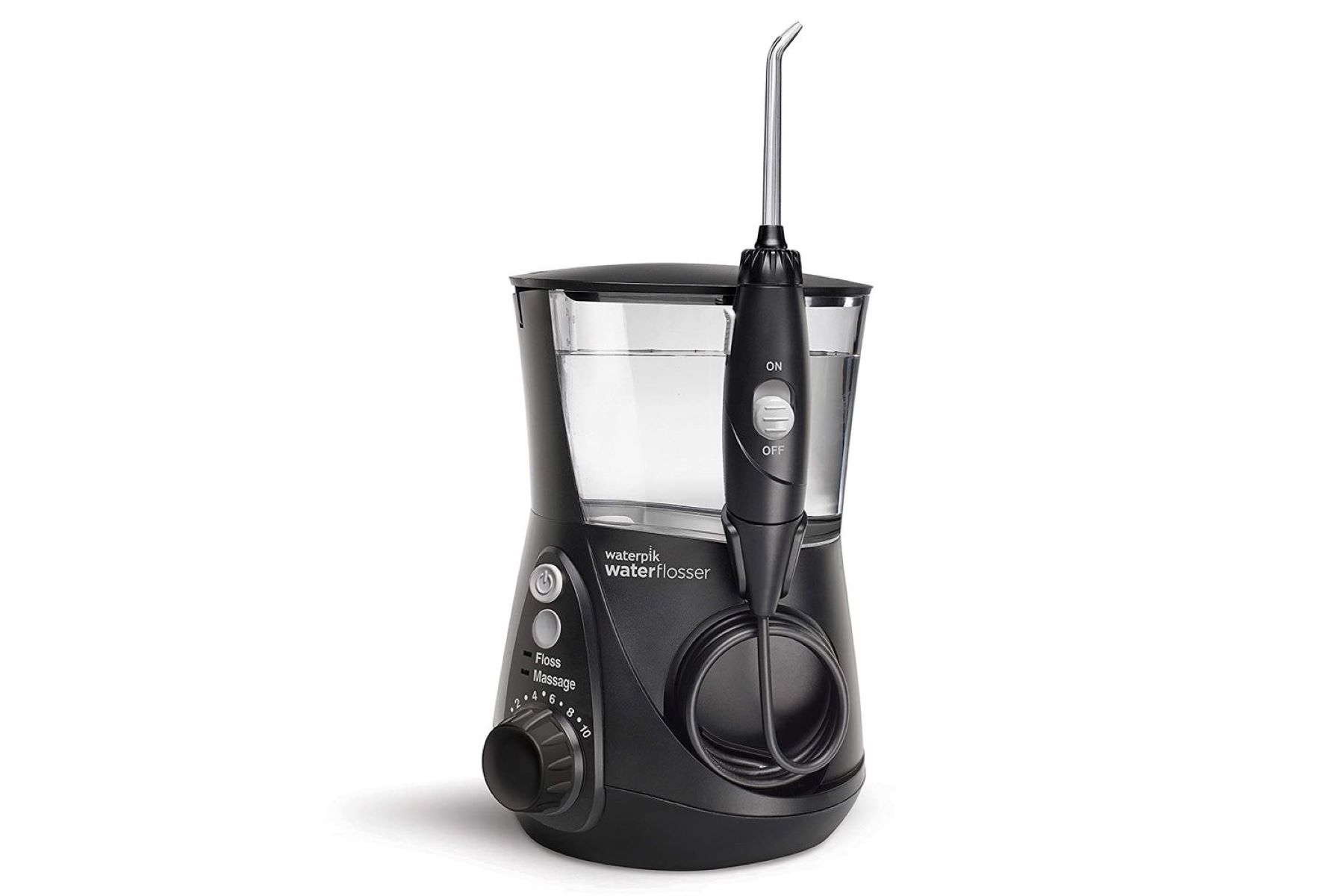
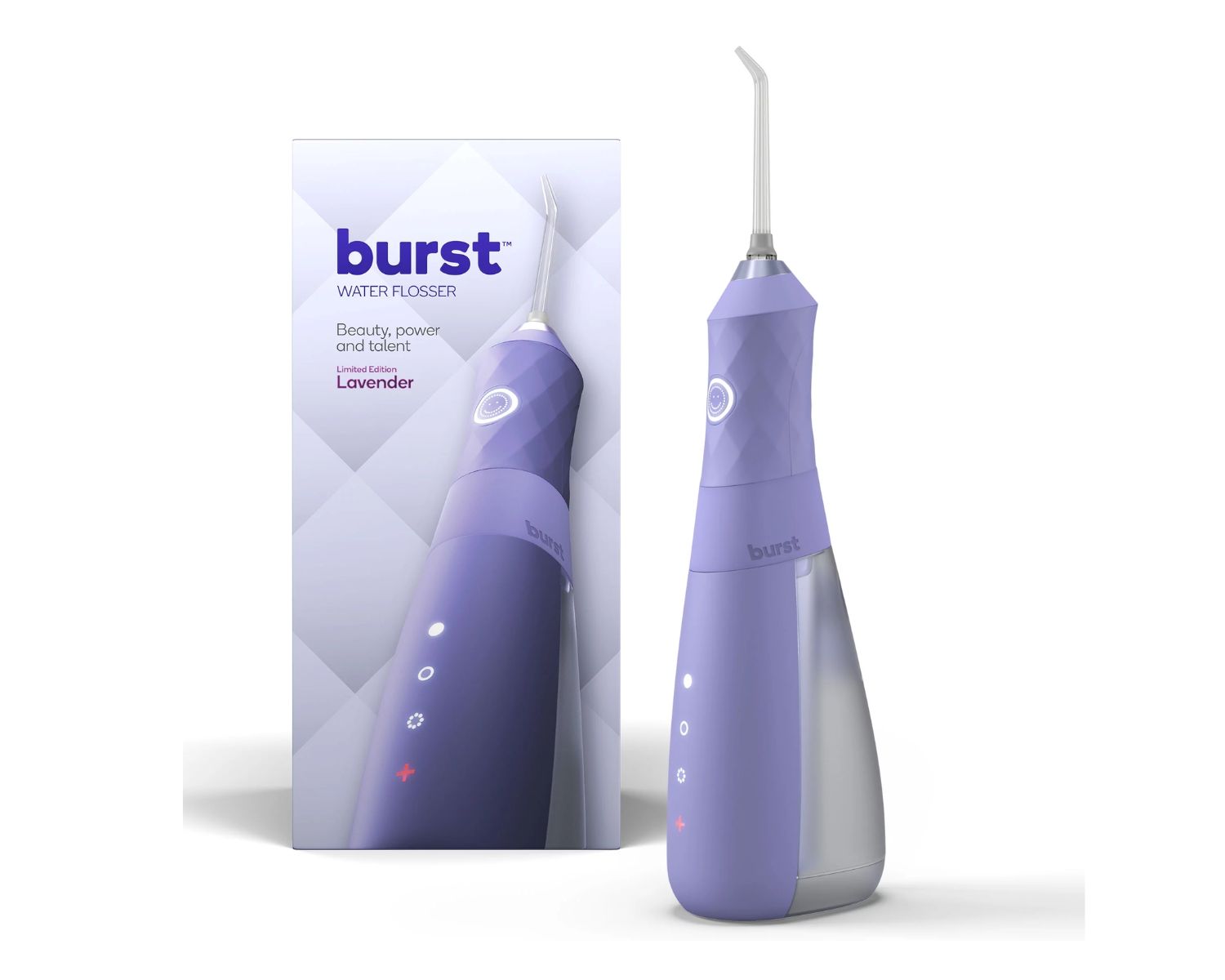
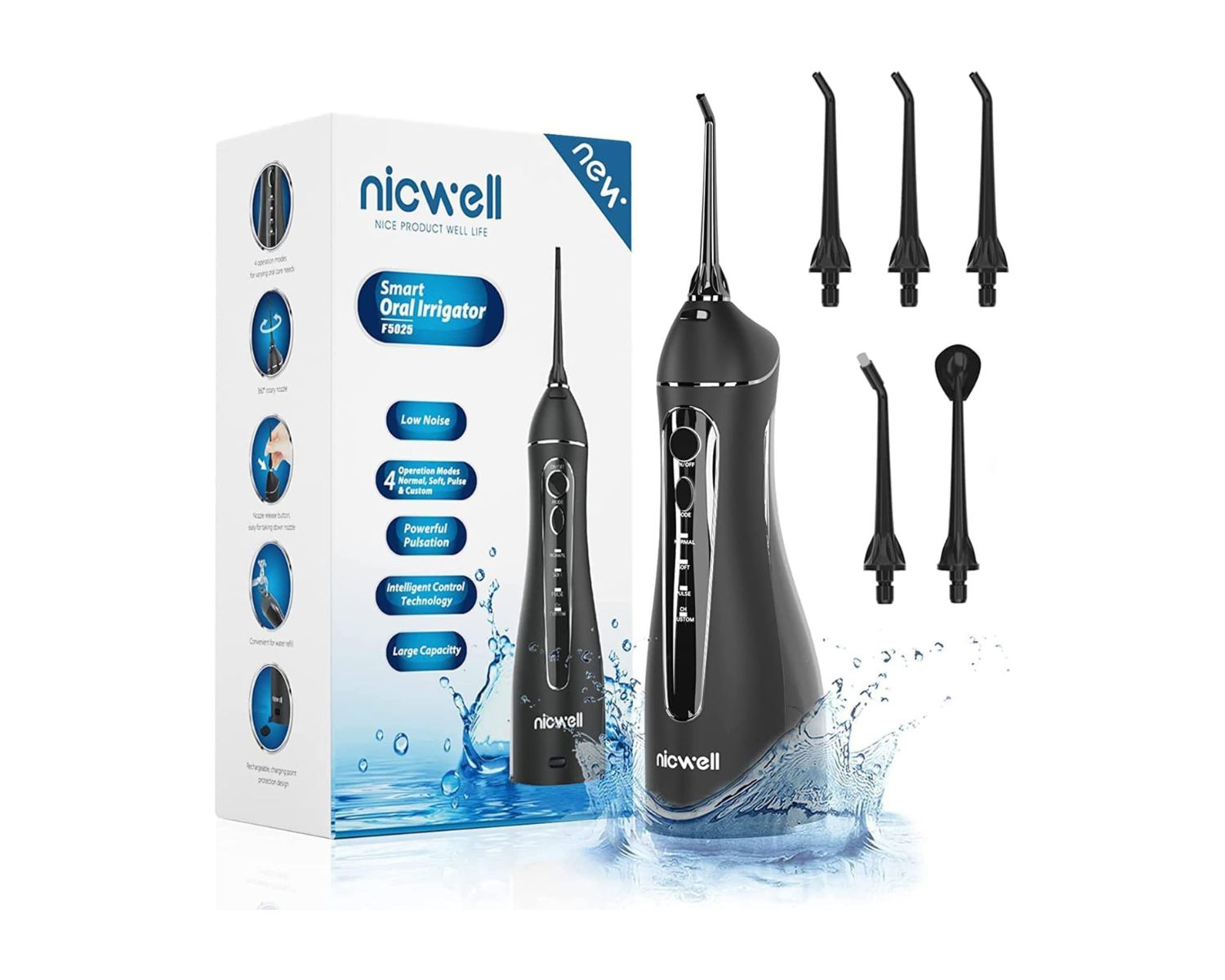
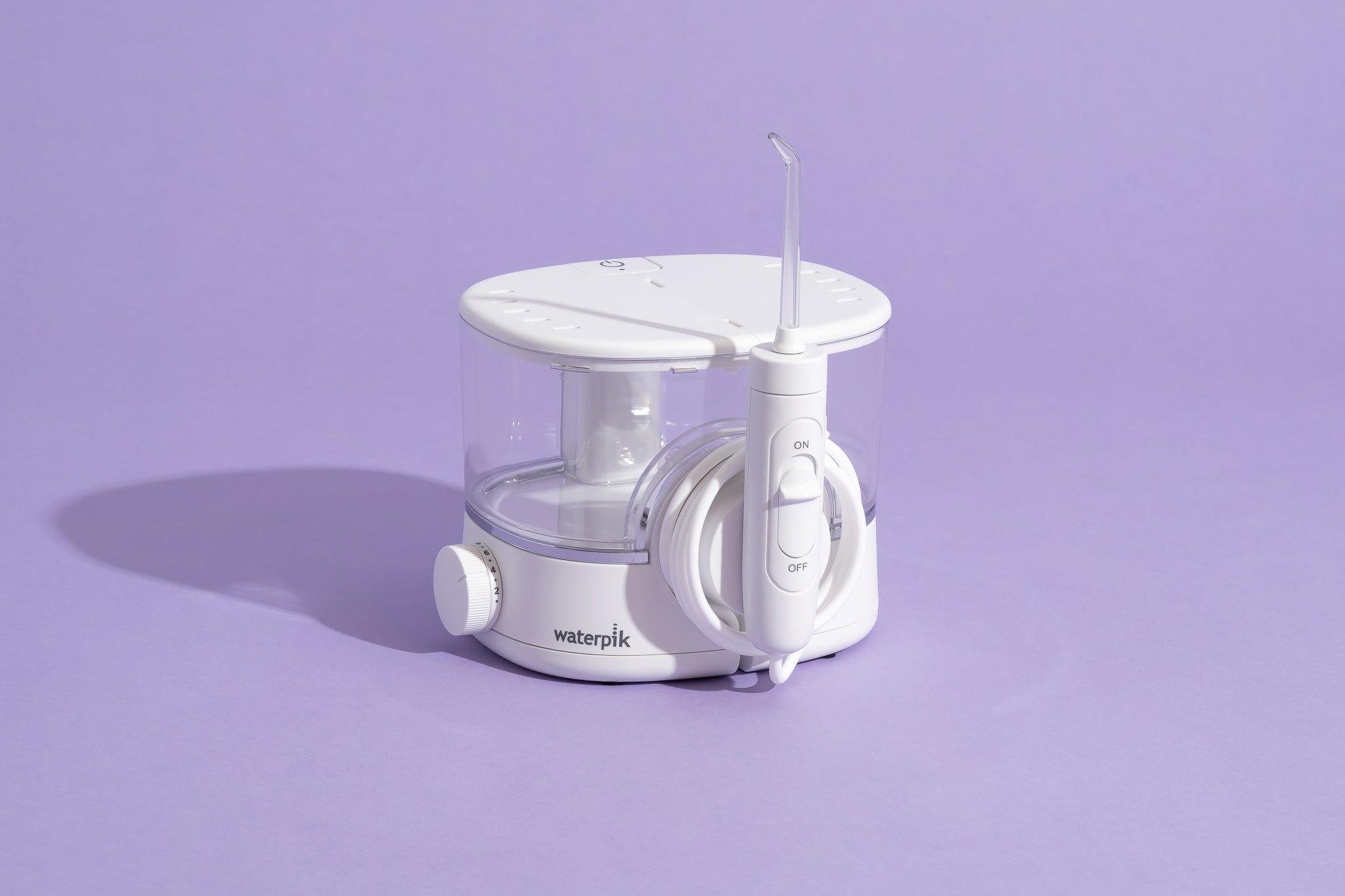
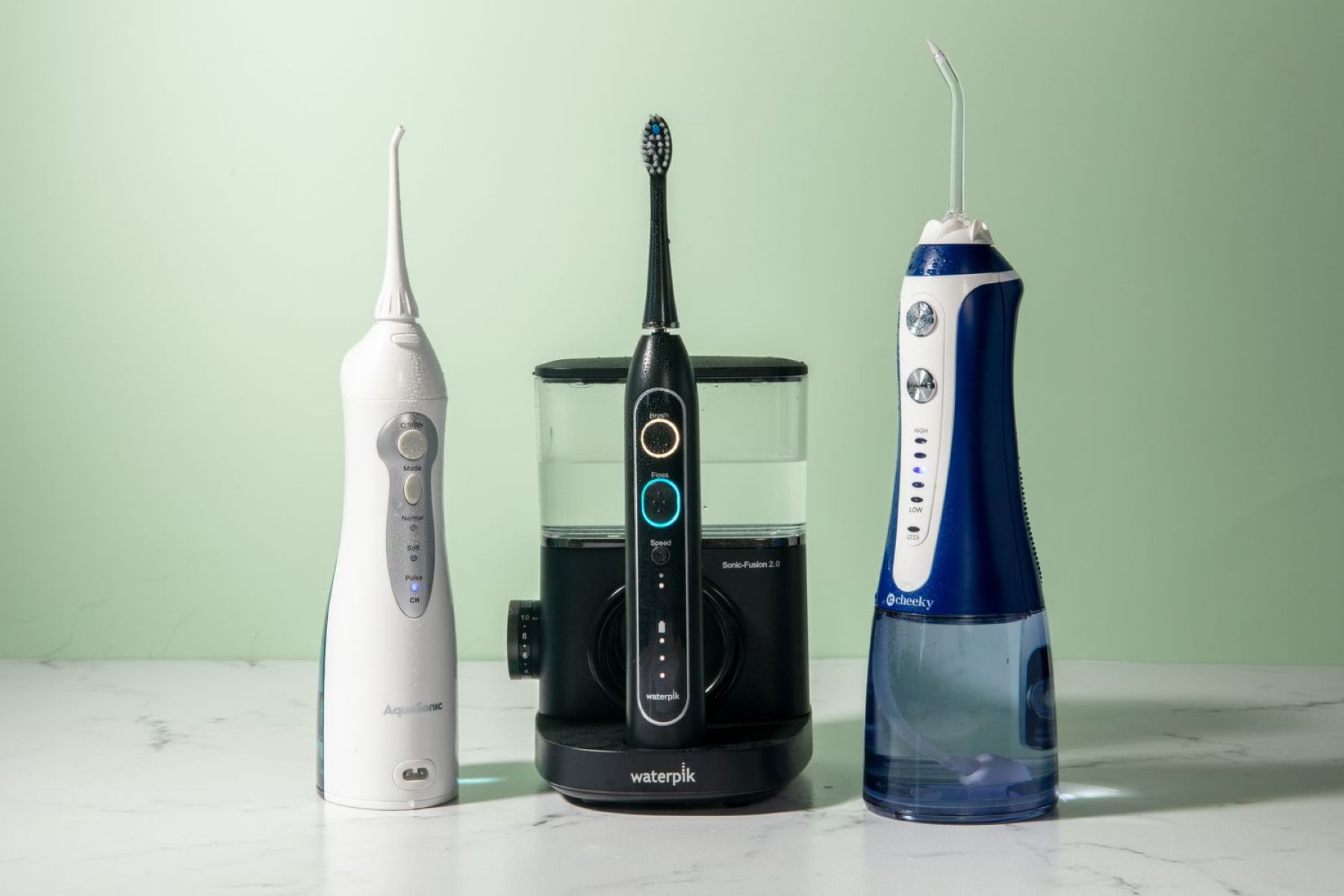
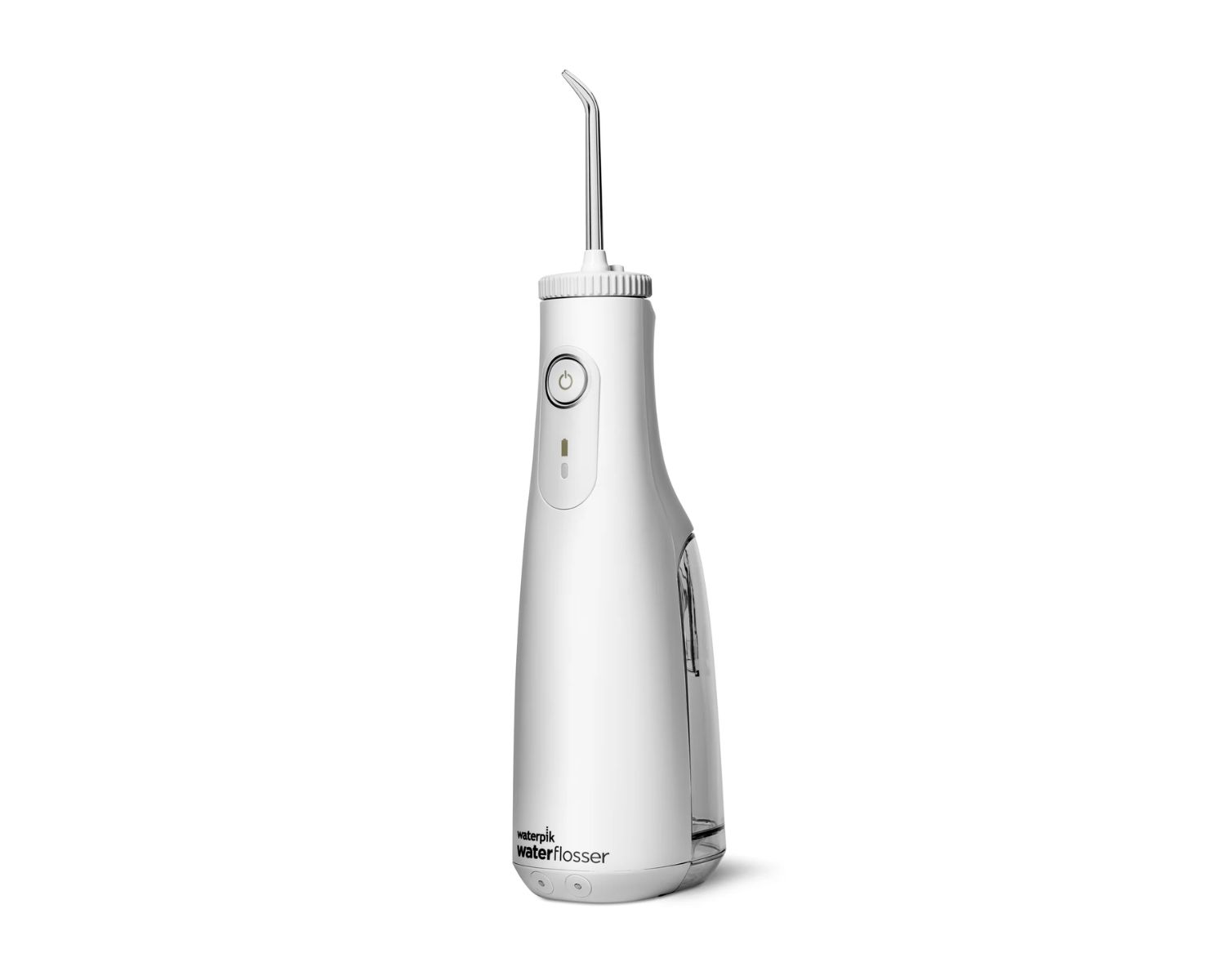
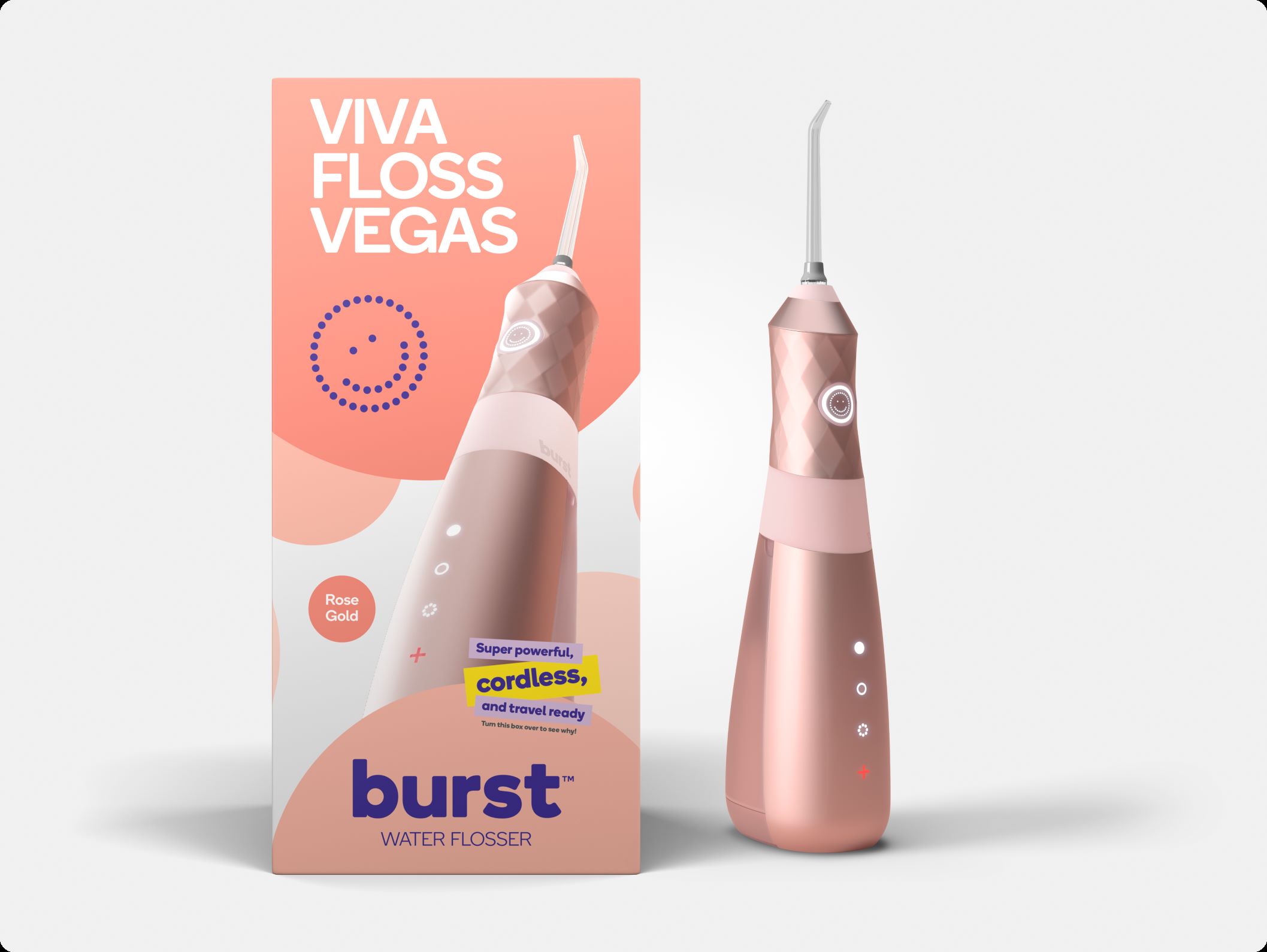
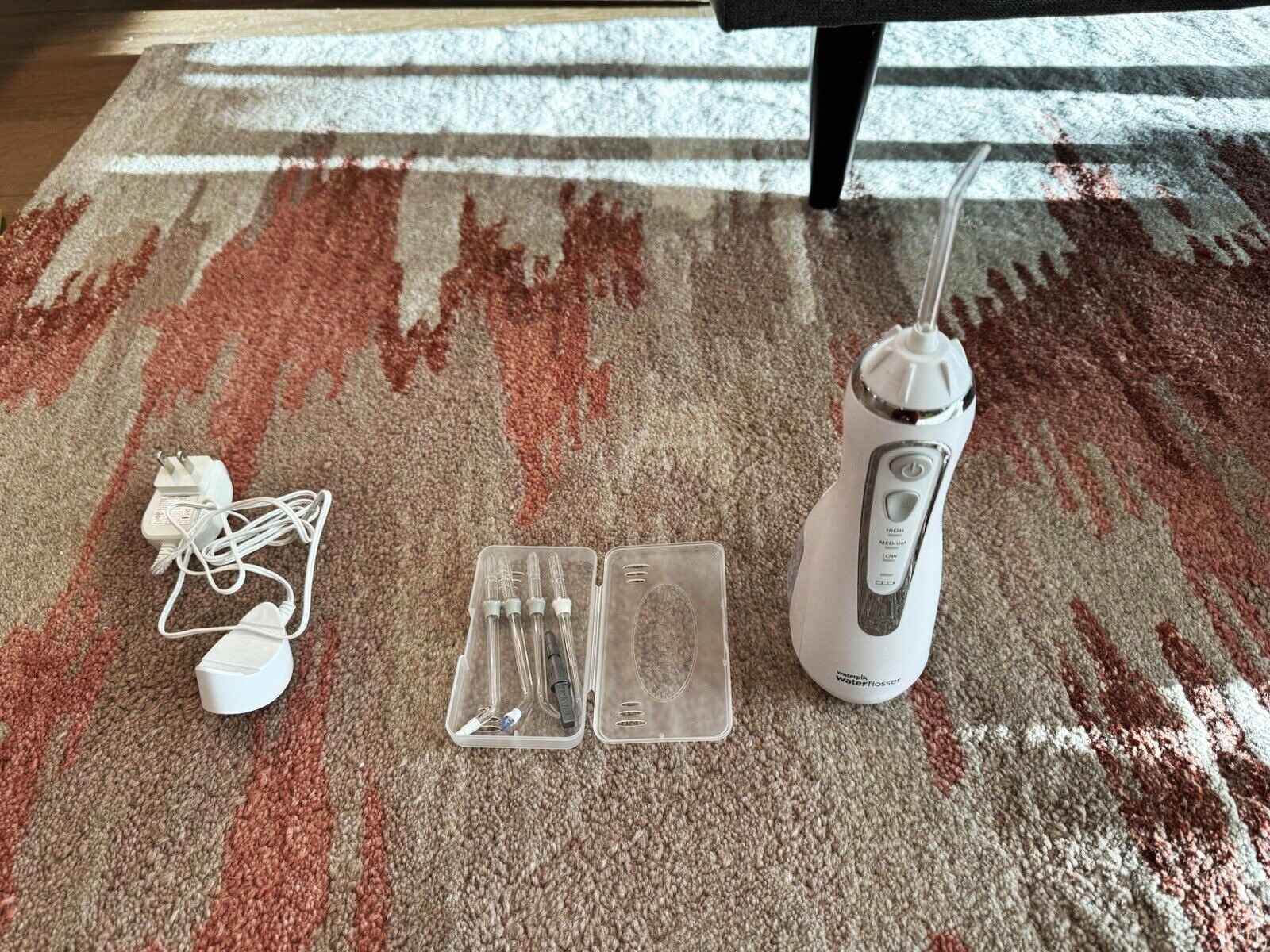
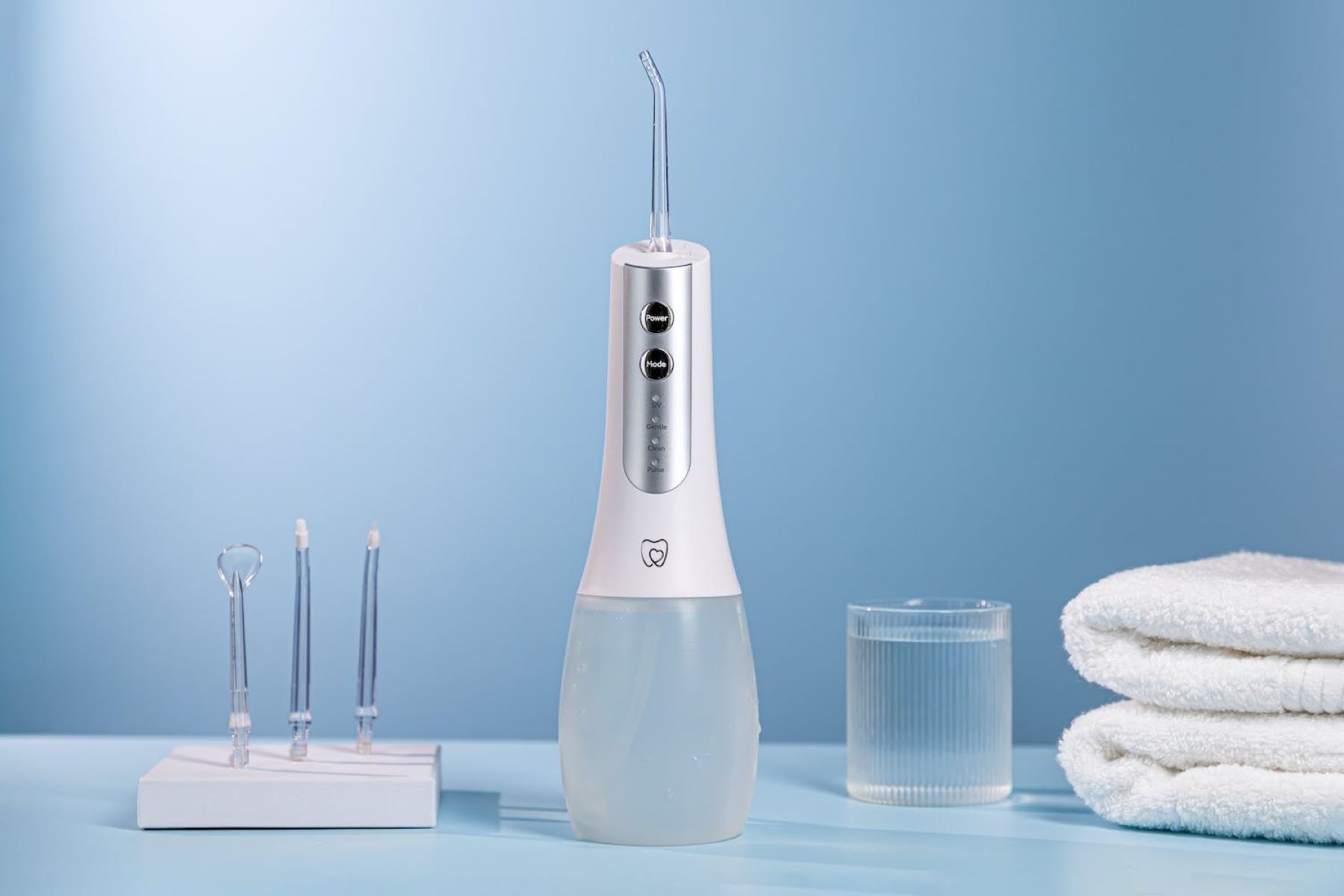

0 thoughts on “How To Use A Water Flosser For Tonsil Stones”